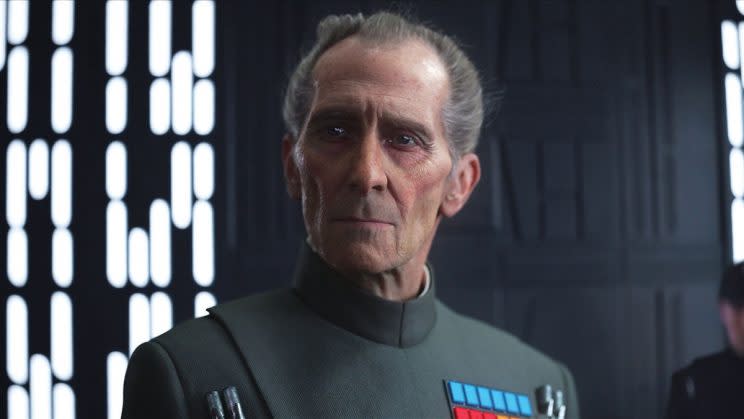Ashton Kutcher: We're getting close to the point where acting can be automated

Ashton Kutcher doesn’t mince words when it comes to artificial intelligence and automation transforming every industry, even Hollywood entertainment.
“I mean, hasn’t it already?” Kutcher argued during a panel hosted Monday evening in San Francisco by the cloud-based data analytics startup MemSQL.
“If you look at box office results on animated films, animated films continue to keep growing from a box office perspective. I think the more virtualization becomes real, you’re going to be able to create a person that looks and feels like a real person,” added Kutcher, who’s a tech investor in addition to being an actor. “It’s really hard still, but look at the number of animated characters in action movies today, where you get to the point and you go, is that a person, or is that animated?”
Computer-generated imagery replacing real actors
Recent animated hits like Disney’s “Moana” aside, even live-action films such as last year’s “Star Wars: Rogue One” blur the lines between fantasy and reality. That “Star Wars” flick resurrected actor Peter Cushing, who died in 1994, with a computer-generated imagery (CGI) likeness to reprise the imperial officer Grand Moff Wilhuff Tarkin.
Meanwhile, the big-screen live-action adaptation of “Deadpool,” with actor Ryan Reynolds, also liberally used AI and computer graphics to recreate the X-Men character Colossus, who was billed in the movie’s opening credits as an “entirely CGI character.”

Granted, moviemakers haven’t quite perfected CGI yet. Cushing’s CGI likeness comes very close to impersonating the actor on screen. But look closely enough, and you’ll catch a few clues that he’s not real: that eerie waxy sheen to the character’s skin, for instance.
“We’re really getting close to the point where acting can be automated, and maybe — all of this stuff is sort of maybes, right — in so much as we all think the real thing is better for now,” Kutcher added. “Telemedicine would be the biggest thing ever if we all trusted that telemedicine was getting the job done. And it’s just a function of trust over time. But I think all of these things can be automated, and I think they will [be].”
The ‘Fourth Industrial Revolution’
Kutcher, who has invested in over 60 startups including Airbnb, is far from alone in thinking artificial intelligence, machine learning and automation are disrupting society. In January 2016, the World Economic Forum released a report predicting AI, machine learning, and other nascent technologies will spur a so-called “Fourth Industrial Revolution” that replaces 5.1 million jobs by 2020. According to the report, jobs across every industry and every geographical region in 15 of the world’s largest economies — Australia, Brazil, China, Japan, the UK and the US, among others — will be affected.
Indeed, virtually every tech company, from large corporations such as Amazon (AMZN) and Facebook (FB) to countless early-stage startups, are working on and deploying AI-based services to transform every area, from agriculture to your daily News Feed.
Still, the Fourth Industrial Revolution won’t be all doom and gloom, Kutcher argued. He noted that it will enable human workers to explore other work opportunities they may be a better fit for.
“In some sense, you get to pursue whatever you want to pursue because there should be engines that create enough incomes that maintain a sustainable lifestyle for a lot of people,” Kutcher explained. “Those engines will just spit off resources that allow people to have sustainability, and then you actually get to be in the pursuit of happiness. Which I think is much more noble than the pursuit of economic well-being. I think that’s pretty promising.”
—
JP Mangalindan is a senior correspondent for Yahoo Finance covering the intersection of tech and business. Follow him on Twitter or Facebook.
More from JP:
